Go wild for wildlife
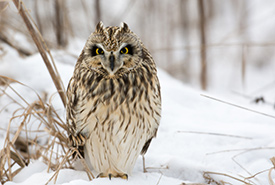
Short-eared owl (Photo by Tony Campbell)
March 3 is World Wildlife Day, an annual event started by the United Nations General Assembly in 2013 to help raise awareness and encourage the celebration of our planet’s wildlife. In honour of this occasion, here are some ideas for...
Antlers of the East: Tracking the decline of the Atlantic-Gaspésie caribou (part two)
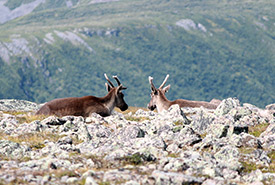
Woodland caribou at the summit of Mont Jacques-Cartier, tallest among the Chic Choc Mountains of Gaspésie National Park, QC. (Photo by Zack Metcalfe)
In part one of Antlers of the East, I discussed the decline of the Atlantic-Gaspésie caribou. Here is part two. Stand against extinction Since 2008, the caribou of Gaspésie National Park have been under the thoughtful study of...
Adjusting to change
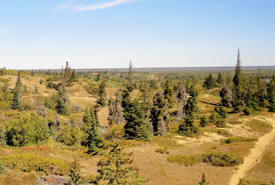
Assiniboine Delta, MB (Photo by Jordan Becker)
“According to Darwin’s Origin of Species, it is not the most intellectual of the species that survives; it is not the strongest that survives; but the species that survives is the one that is able best to adapt and adjust to the...
Reach new heights: Take your adventure to another level by exploring the iconic hoodoos
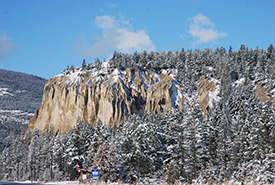
Dutch Creek Hoodoos, BC (Photo by NCC)
Craggy spires rise up and tower over the north end of Columbia Lake. A result of thousands of years of glaciation, followed by erosion from meltwater and weather, the Dutch Creek Hoodoos are a testament to the grand geologic forces of the...
Acknowledging change
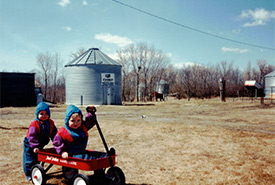
Growing up on a farm in southwestern Manitoba, some of my clearest memories are of the extreme temperatures I experienced. (Photo courtesy of Steven Anderson)
“Everything changes and nothing stands still.” ~ Heraclitus of Ephesus, as quoted by Plato Growing up on a farm in southwestern Manitoba, some of my clearest memories are of the extreme temperatures I experienced in that lovely...
What ash trees and bumble bees are telling us
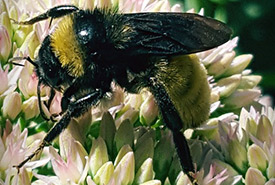
American bumble bee (Photo by K.S. Gardener/iNaturalist)
Black ash and American bumble bee are not species I thought we would ever need to save. When I started my studies in conservation over 25 years ago, bumble bees still seemed commonplace, and I thought of ash as a common tree that was great for...
Nature's medicine
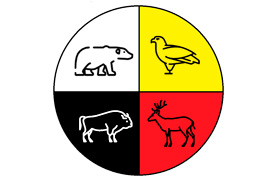
Medicine wheel (Image by NCC. Icons designed by Freepik from Flaticon)
As a Kanien'keha:ka (Mohawk) woman, my connection to my culture and my community is as important to me as the water I drink and the air I breathe. I find my Indigenous roots in nature, where my identity is as deep in the land as the roots in the...
Five of nature's most fascinating families
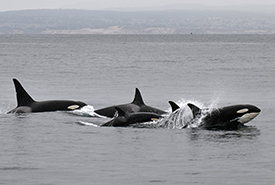
Pod of orcas (Photo by Robin Agrarwhal CC BY-NC)
If you thought human families were the only relatives with complex relationships, think again. In honour of Family Day, check out some of the animal kingdom’s fascinating families below: Orcas Orcas (also known as killer whales) are...
Wetlands in the Frontenac Arch
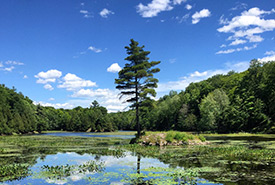
A wetland in the Frontenac Arch, ON (Photo by NCC)
Late last autumn, I was travelling with a friend through the Frontenac Arch. For me, this is a daily occurrence, but I sometimes forget that other people don’t see forests, lakes and wetlands on their morning commutes. It’s always a...
Conservation is a labour of love
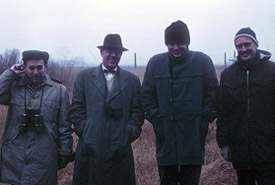
J. Bruce Falls, Richard Pough, Aird Lewis and David Fowle. First exploratory meeting for the Nature Conservancy of Canada, 1961 (NCC archives)
Valentine’s Day has become a time to celebrate the ones we love. But this year, I’m also thinking about those whose passion for natural areas has led to their long-time conservation of the places that Canadians love and enjoy. I was...

